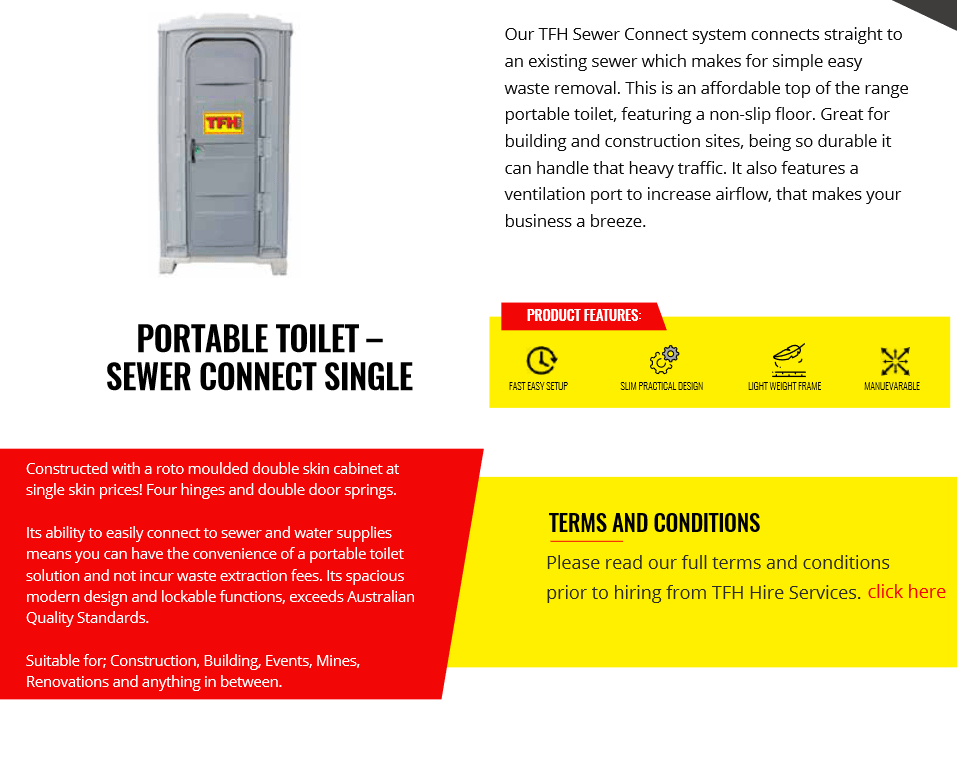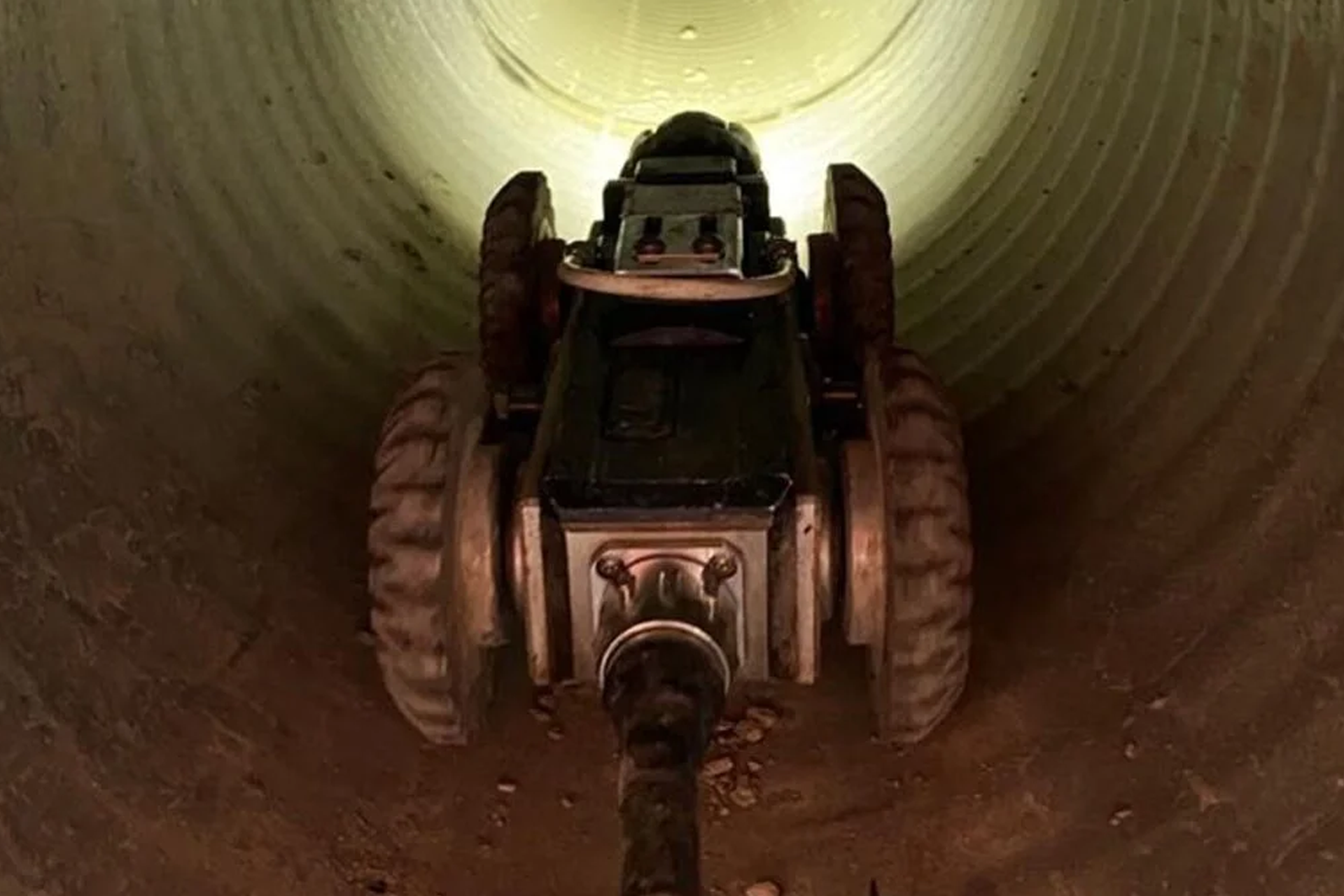See This Report about Reclaim Waste
See This Report about Reclaim Waste
Blog Article
Reclaim Waste for Dummies
Table of ContentsAbout Reclaim WasteThe 9-Minute Rule for Reclaim WasteThe Of Reclaim Waste3 Simple Techniques For Reclaim Waste9 Simple Techniques For Reclaim Waste
Residential sewage waste refers to the waste and items from a domestic septic container. The appropriate management and disposal of domestic sewer waste require fluid waste to be transferred to a sewage therapy plant where the correct techniques and tools are applied to detoxify and dispose of waste.
Commercial waste commonly includes prospective threats, such as flammable products or a blend of liquid and solid waste items, and calls for an advanced and comprehensive disposal procedure. The disposal of commercial waste usually entails the filtration of waste prior to transport to ensure risk-free and correct disposal. Industrial waste is produced from by-products and drainage of industrial processes and manufacturing.
This kind of waste can not use the exact same sewer administration transportation or procedures as septic or business fluids. The industrial waste administration procedure requires the assessment and screening of fluid waste before it undergoes the disposal process (liquid waste removal melbourne). Runoff waste is the fluid waste that comes from overflow and excess stormwater in very booming locations or cities
Drainage waste can create contamination and flooding otherwise dealt with appropriately. Discover a lot more concerning sewage system cleansing and waste monitoring. Ensuring proper waste management can prevent disasters and decrease environmental harm. Both individuals in property setups and experts in industrial or production industries can take advantage of understanding the procedures and laws of fluid waste monitoring.
The Reclaim Waste Diaries
Contact PROS Solutions today to find out about our waste administration and disposal services and the appropriate ways to look after the liquid waste you generate.
(http://peterjackson.mee.nu/do_you_ever_have_a_dream#c2256)Do you recognize what takes place to your water when you disengage, purge the commode or drain the washing equipment? No? Well, it's worth knowing. This supposed 'wastewater' is not only an important source however, after treatment, will certainly be released to our land, waterways or the ocean. Used water from bathrooms, showers, bathrooms, kitchen area sinks, laundries and commercial processes is called wastewater.

water made use of to cool down equipment or tidy plant and equipment). Stormwater, a kind of wastewater, is overflow that moves from agricultural and city areas such as roofs, parks, yards, roads, paths and seamless gutters into stormwater drains pipes, after rain. Stormwater moves without treatment directly to neighborhood creeks or rivers, ultimately getting to the ocean.
See This Report on Reclaim Waste
In Queensland, many wastewater is dealt with at sewage treatment plants. Wastewater is moved from domestic or industrial websites via a system of sewers and pump stations, called sewerage reticulation, to a sewer therapy learn this here now plant. Neighborhood governments develop, preserve and run most sewer therapy plants. Operators are accredited under the Environmental Management Act 1994 to release cured wastewater at an acceptable environmental standard right into waterways.
The Division of Natural Resources recommends regional federal governments regarding managing, operating and preserving sewerage systems and therapy plants. In unsewered locations, city governments may need householders to set up private or family sewage therapy systems to treat residential wastewater from bathrooms, cooking areas, restrooms and washings. The Division of Natural Resources authorizes using family systems when they are verified to be efficient.
Many stormwater receives no therapy. In some brand-new neighborhoods, treatment of some stormwater to remove clutter, sand and crushed rock has started making use of gross contaminant traps. Wastewater therapy takes place in four stages: Gets rid of solid matter. Bigger solids, such as plastics and various other items wrongly discharged to drains, are eliminated when wastewater is travelled through screens.
Utilizes little living organisms understands as micro-organisms to damage down and remove staying liquified wastes and fine particles. Micro-organisms and wastes are integrated in the sludge.
8 Simple Techniques For Reclaim Waste
Nutrient removal is not offered in any way sewer therapy plants since it calls for expensive specialised equipment. It is becoming much more typical in Queensland. Clear liquid effluent created after treatment may still include disease-causing micro-organisms. If this effluent is released into waterways such as rivers or the sea, the micro-organisms will eventually die out.

Many wastewater flows right into the sewerage system. Under the Act, neighborhood governments carry out approvals and permits for eco appropriate activities (Ages) involving wastewater launches that may have a neighborhood effect.
The 3-Minute Rule for Reclaim Waste
Monitoring offers accurate info regarding water top quality and can validate that permit problems are being fulfilled. The details gotten via surveillance provides the basis for making water quality decisions.
Report this page